For a remarkably recent technology, cellphones, and more specifically, smartphones, have cemented themselves as a basic lifeline of modern life. One tiny device now encompasses the responsibility of everything from saving hikers’ lives to exchanging photographs of genitalia. Talk about versatility. They’ve even been saddled with being the downfall of modern civilization by boomers the world over.
Since emerging first as an unwieldy and simple if wildly expensive business solution, the features they offer have only grown exponentially even as their size shrank with similar speed. Climbing into a time machine with a modern iPhone, you wouldn’t even have to crank the dial back more than 25 years or so to be accused of witchcraft.
First Ever Handheld Cellphone Call
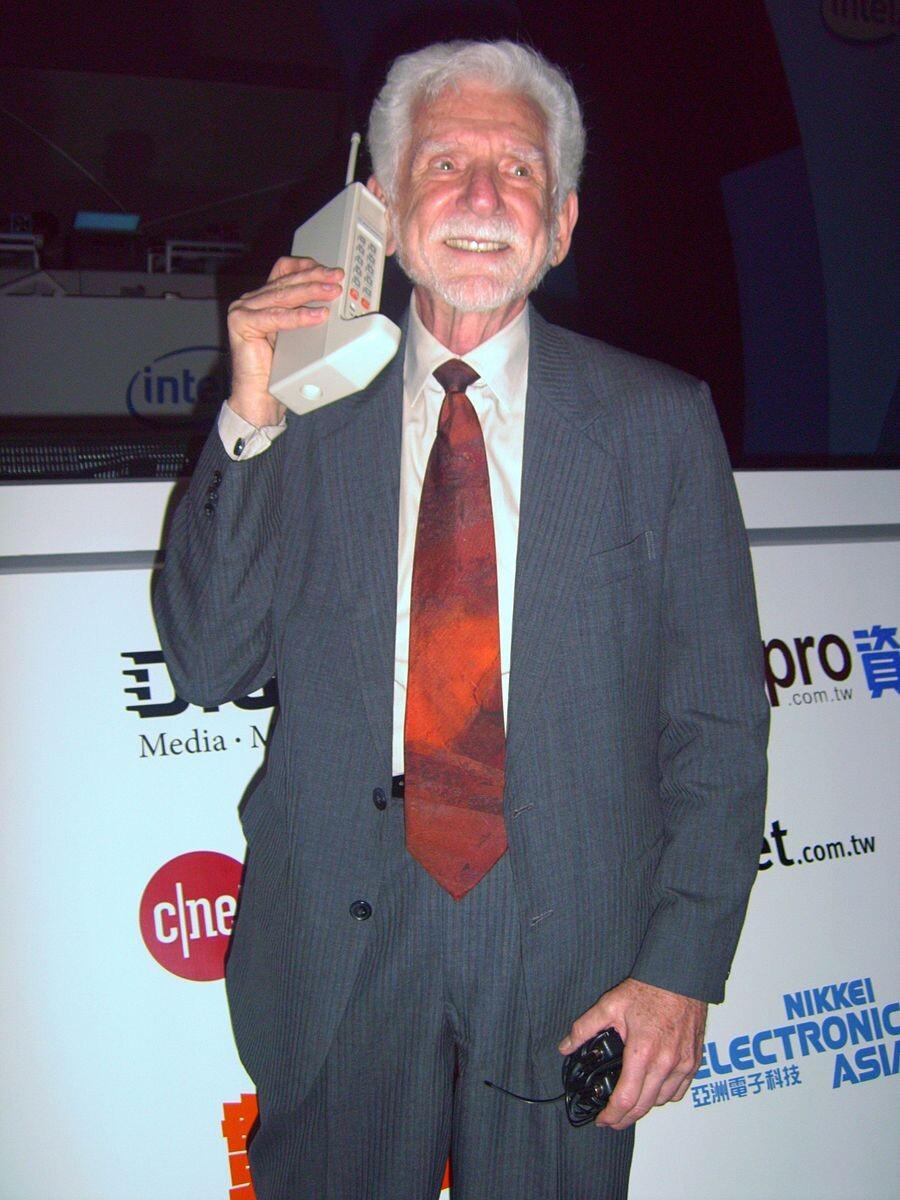
Though there were some larger phone systems already using the technology for things like military communication, 1973 saw the first call made from the sort of modern, self-contained device we’d consider a cellphone today. It was on a prototype that was still years from public release, but Motorola still claimed the honors. Even better? The call was made by Martin Cooper, the head of the Motorola team that developed the phone… to the offices of their rival, Bell Labs. Talk about a cold call.
Related: Hasbro is Bringing Back Those Awful ’90s LCD Handheld Games
Commercial Release Of DynaTAC
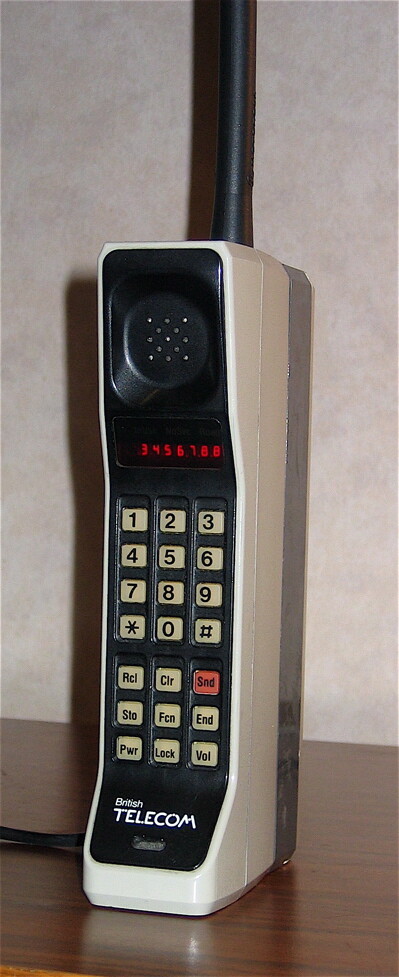
10 years later, in 1983, a refined version of that same prototype would be released to the public as the Motorola DynaTAC. Though the thing looked more like an extraterrestrial doorstop than anything as sleek as we have today, that didn’t mean it was cheap. The sticker price was $3,995, which would raise a heart rate today even WITHOUT adjusting for inflation, which puts it around a cool $10k. That’s a lot of birthday money.
Related: Which ‘Avengers: Endgame’ Re-Release Is Right For You?
The Portable MicroTac
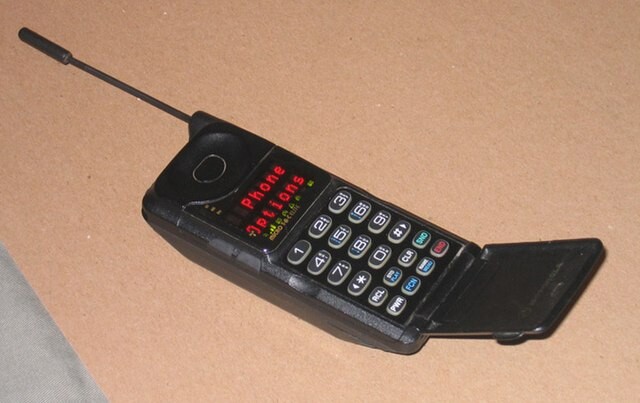
6 years later, in 1989, Motorola would claim a second milestone: the first cellphone that didn’t need basically its own rolling suitcase. The MicroTAC was actually capable of fitting in a pocket, and consumers must have breathed a sigh of relief when they saw it also included a drop in price to a measly $2,995. Basically pocket change. Another fun detail: The MicroTAC included a retractable antenna that was entirely fake. The phone had an internal antenna, but designers thought people might need a retractable doohickie just for the placebo effect.
Related: Beat The Heat With These Portable A/C Units
First Smartphone: IBM Simon
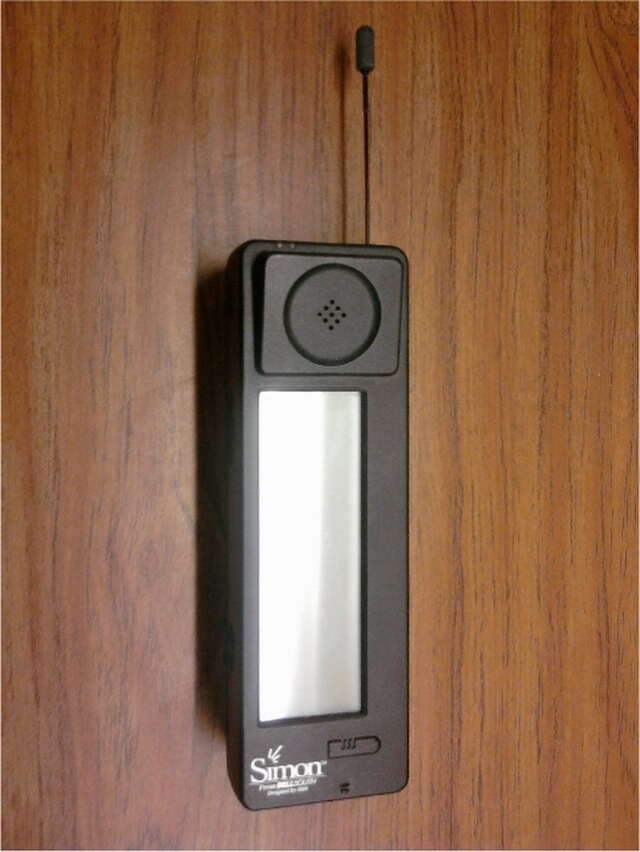
IBM unveiled what’s generally considered the world’s first smartphone in 1992. Also the first phone with a large touchscreen that, well, SORT OF resembles the modern smartphone, the IBM Simon made waves with its debut. It did still primarily use a stylus, something that everybody except for Samsung seems ready to admit is a thing of the past, but it was still a sign of phones to come. It also had a price tag that doesn’t inspire a pearl-clutch, at $1,100.
Related: 4 Science Stories The Media Managed To Totally Screw Up
First SMS Message

1992 also saw the introduction of what is arguably the primary method of person-to-person communication nowadays, the text message. Considering that phone calls basically only exist nowadays to let you know that either your food delivery is here or to offer you a Great New Deal On Insurance, even the inventor Richard Jarvis admits he didn’t know how massive texting would become. A long way from the first message ever sent, a simple “Merry Christmas.”
Related: The 6 Least Hip Internet References in Song Lyric History
First Camera Phone
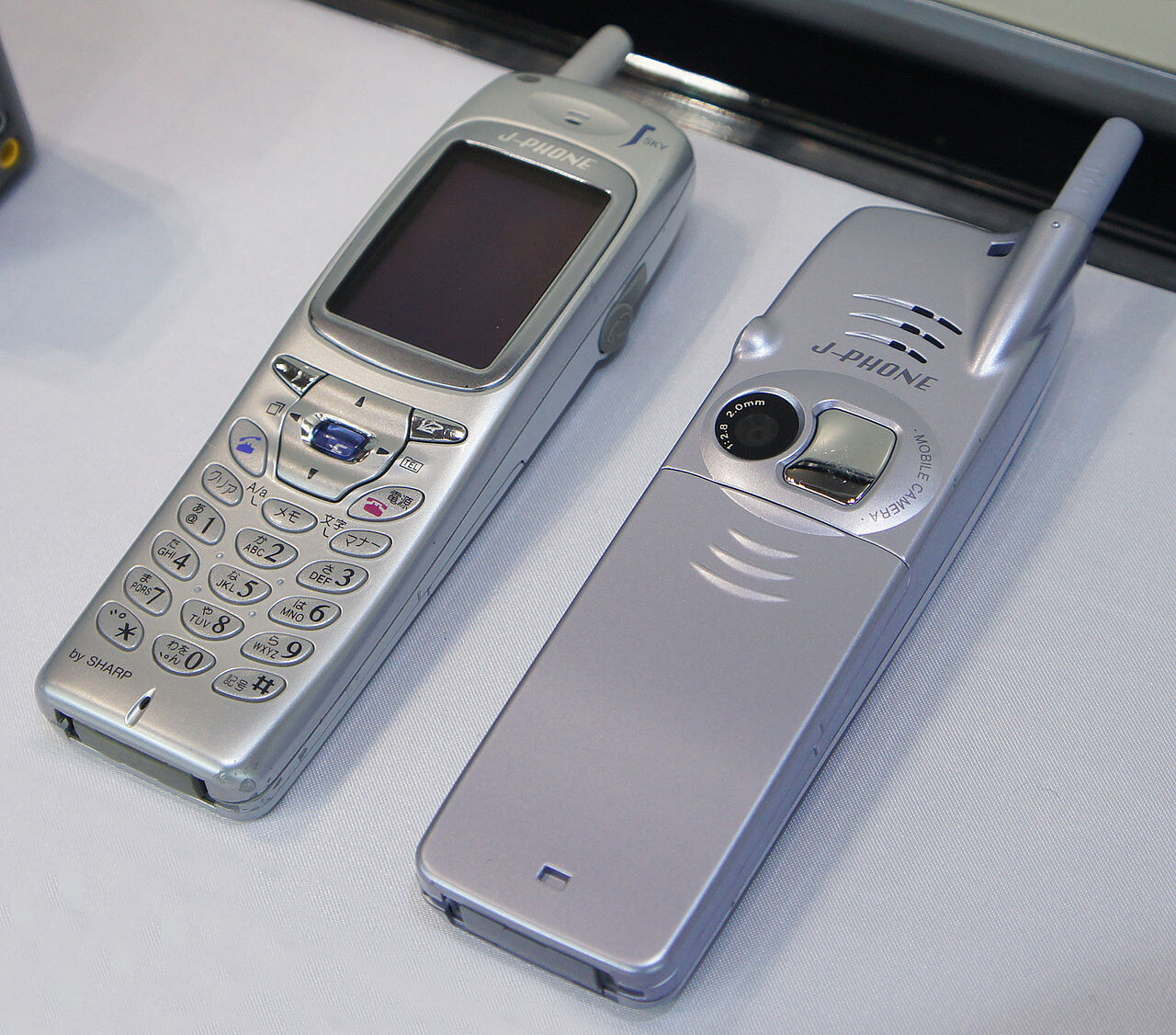
Though the honor of first camera phone is often attributed to Samsung’s SCH-V200, but though that was the first to hit the Americas, Japan was already not only taking, but exchanging photos with the J-Phone J-SH04. The pictures were unsurprisingly grainy, at a squint-worthy 0.11 megapixels, closer to a Game Boy Camera than the massive photos taken by modern phones, but it was still revolutionary for the time. We can only assume the first embarrassing shirtless mirror selfie was sent shortly afterwards.
Related: Add Some Action To Your Life With This 4K Camera
The Modern Blackberry
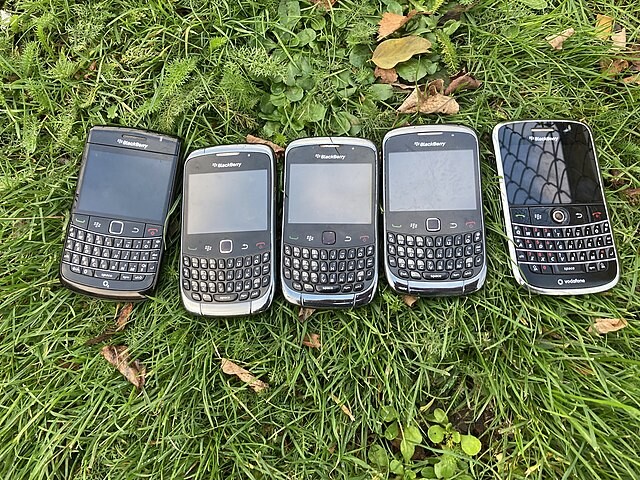
Though BlackBerry had already existed for a few years as two-way pagers, it was in 2002 that they entered the mobile phone market. Named for the blackberry-like look of their at-the-time uncommon full-sized keyboard, they were a huge step forward for productivity and a massive, lasting blow to the idea of a work-life balance. They became practically synonymous with the professional workforce, from regional branch managers to national government staff. You don’t need to go much further than old episodes of the West Wing to see just how omnipresent the BlackBerry was.
Related: 6 Famous Companies You Had No Clue Were Dying
The RAZR Introduces The Fashion Phone
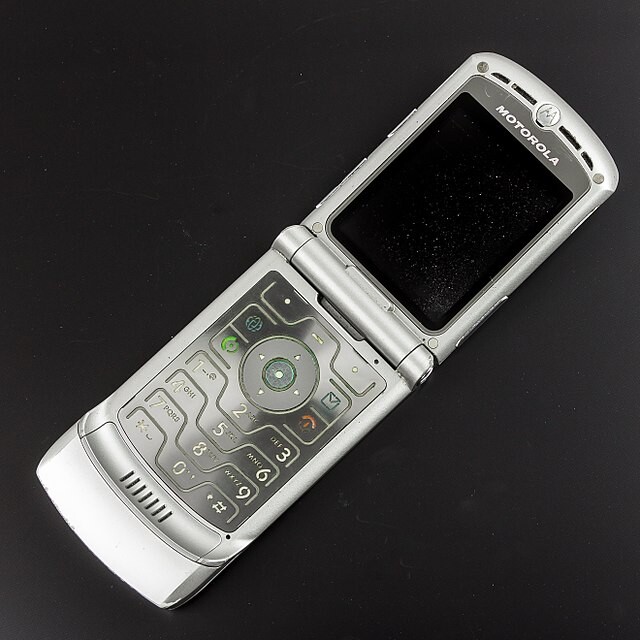
Cellphones had, since their introduction, been a bit of a status symbol, but even the beloved Blackberry wasn’t exactly sleek. The true entrance of the cellphone into the world of the fashion accessory was with Motorola’s release of the RAZR in 2004. Through the focus on facets that are still paramount today, like thinness (the RAZR clocked in at 10mm) and a large keypad, the RAZR took over. It remains one of the best-selling mobile phones of all time, and I personally remember people wanting to switch to the RAZR’s original exclusive carrier, Verizon, solely to get the sought-after phone. The RAZR would keep a stranglehold on the market for years, up until a computer and laptop manufacturer decided to enter the market a couple years later.
Related: No More Phone Robots: Spain Introduces New Bill
The iPhone Era Begins
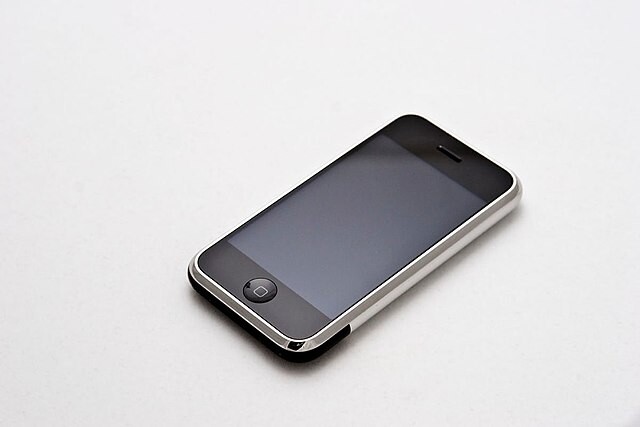
And here we are. In 2007, the first iPhone debuted, and is perhaps one of the most influential technological products of the 21st century. At this point, the iPhone is practically a manufactured monopoly, even as Android and Google have attempted with marginal success to cut into their dominance of the market. The iPhone is still the de facto communication device of the modern world at large, and Android phones, as much as their owners will desperately tell you otherwise, are often still looked at as a novelty. Look, congratulations on being able to run old Game Boy Color emulators, but you’re still getting made fun of for green text bubbles.
The advancement of phones since the first iPhone has been so rapid as to be almost considered non-stop. Chances are, you’re reading this article on an iPhone right now, in the midst of an amount of browser tabs that would make an older-gen smartphone a fire hazard. After all, when a technology is so prevalent that people are hypothesizing that it’s making us evolve horns, that’s a pretty big development.

